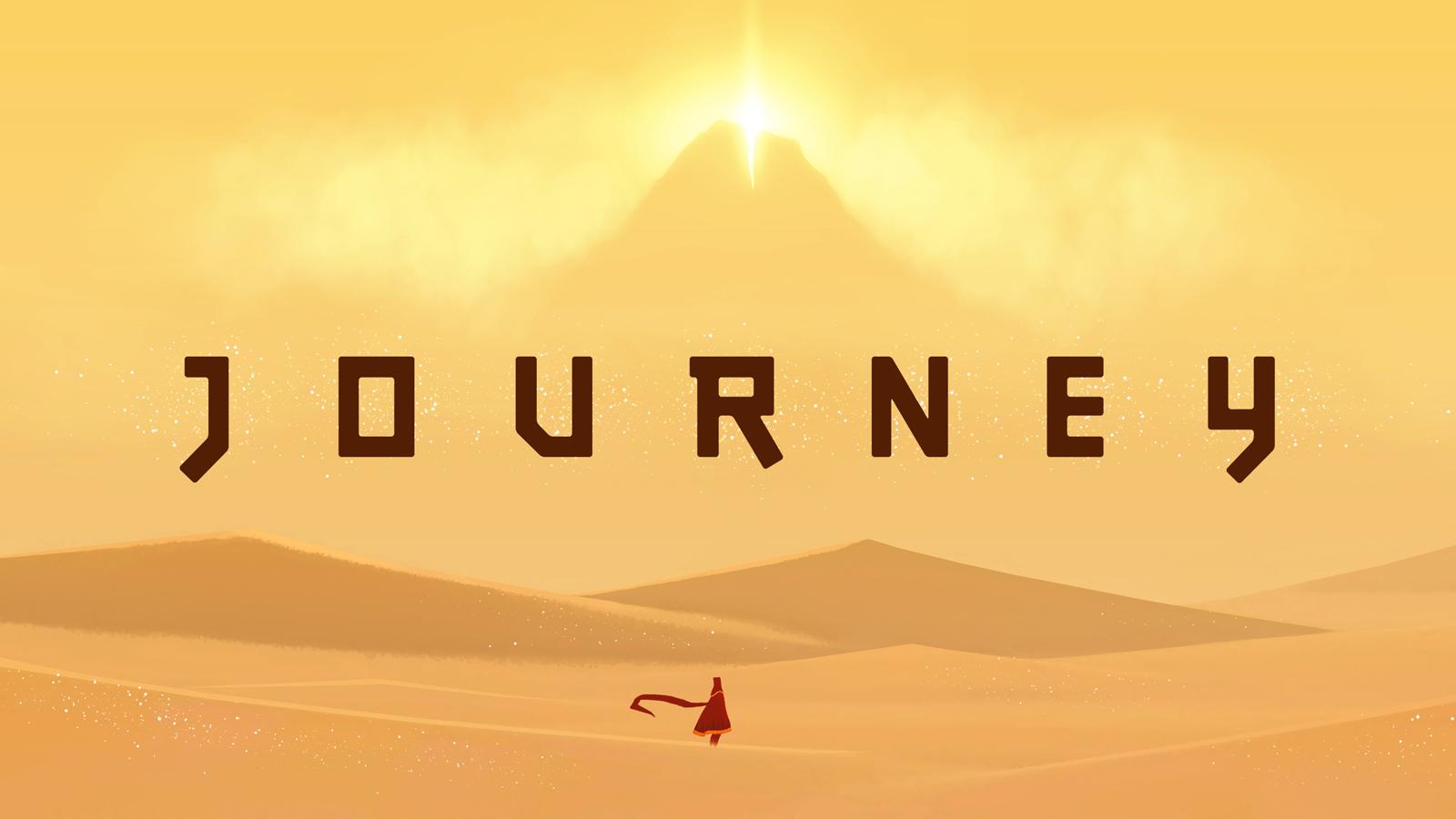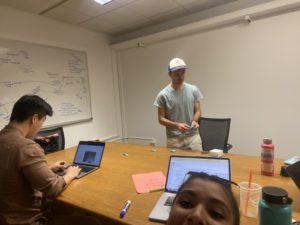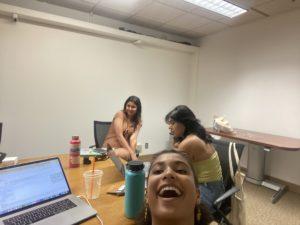This class proved to me that I actually like games. I decided to take this class because I wanted to take another class with Christina before I graduate and had heard from other students that this was THE class to take with her since she is so knowledgeable and passionate about game design. Honestly though, I was a bit anti-gaming when I came into this class and rarely if ever played games. Now as a CS 247G graduate, I have a newfound appreciation for game design and the many decisions that go into games to make them enjoyable from start to finish.
Hands down, my favorite part of the class was the amount of games we got to play, both in the in-class attendance exercises and through critical plays. My catalogue of game knowledge has expanded exponentially during this quarter and I am now able to identify and critically understand that core mechanics that make a good game great and bad games boring or too challenging. Specifically, I will definitely walk away from this class with the Formal Elements, Types of Fun, and Game Mechanics drilled into my head. It was very cool to learn concepts so early in the class that could be used to analyze all types of games, from Walking Sims to party games. They became my main tools to break games down into their core building blocks and understand the game designer’s motivation behind their choices. This also allowed me to identify elements I felt really worked in certain games and apply them into my own games. For example, my critical play on the game”For the Girls” showed me how well they balanced choice and chance in a truth or dare style game, which my P1 group took inspiration in with our game “Twisted Truth or Dare”.

 The most impactful lesson I will take away from my Sketchnotes and Critical Plays is the power of a well-integrated tutorial. I really appreciated the Sketchnote we were assigned about “Onboarding in Plants vs. Zombies” because it formalized a lot of what I was learning by playing games like “Journey”and “Monument Valley” – a great tutorial can make or break again. As someone with little video game experience, “Monument Valley” and “Journey” both blew my mind. Specifically, I was shocked that both games just plopped you immediately into game play. There was no title card or written instructions that were displayed until you had at least learned the basic controls by navigating through the first level of the game. This method of structured discovery is something I had not experienced in other design fields. Lessons like this make me so grateful to gain some knowledge from the game design field. I think all designers can learn from how great games are able to take players of all experience levels and build them up to the knowledge level necessary to accomplish what is in front of them at that time and place. It reminds me of something Don Norman says in The Design of Everyday Things, unless they are really complex, good designs should not need instructions. I think good game designers almost use affordances through how they hint to players how things are done and gradually reveal more about the game to build players knowledge and skills. In CS 147, we are told that while onboarding screens can be used to clarify confusing elements of a design, people rarely read onboarding screens. I hope to apply what I learned about good game tutorials into my next UX design project to avoid using onboarding screens in the first place.
The most impactful lesson I will take away from my Sketchnotes and Critical Plays is the power of a well-integrated tutorial. I really appreciated the Sketchnote we were assigned about “Onboarding in Plants vs. Zombies” because it formalized a lot of what I was learning by playing games like “Journey”and “Monument Valley” – a great tutorial can make or break again. As someone with little video game experience, “Monument Valley” and “Journey” both blew my mind. Specifically, I was shocked that both games just plopped you immediately into game play. There was no title card or written instructions that were displayed until you had at least learned the basic controls by navigating through the first level of the game. This method of structured discovery is something I had not experienced in other design fields. Lessons like this make me so grateful to gain some knowledge from the game design field. I think all designers can learn from how great games are able to take players of all experience levels and build them up to the knowledge level necessary to accomplish what is in front of them at that time and place. It reminds me of something Don Norman says in The Design of Everyday Things, unless they are really complex, good designs should not need instructions. I think good game designers almost use affordances through how they hint to players how things are done and gradually reveal more about the game to build players knowledge and skills. In CS 147, we are told that while onboarding screens can be used to clarify confusing elements of a design, people rarely read onboarding screens. I hope to apply what I learned about good game tutorials into my next UX design project to avoid using onboarding screens in the first place.
I have to give kudos to the teaching team because while the projects and work were substantial in the class, it never felt like there was a challenge too big that I couldn’t accomplish. I really appreciate the learning-first environment Christina creates in her classes; it makes experimentation and failure much more comfortable. I think the biggest challenge I faced in this class was designing our Escape Room for P2. I had never actually played an escape room of any kind but the opportunity to build a physical escape room was too cool to pass up. P2 was specifically challenging because the potential felt endless. We had the opportunity to design any puzzles we wanted around any theme, which challenged us to practice refining and constraining our ideas. Additionally, there was the added narrative challenge of making sure our puzzles both fit into the narrative as well as advance the narrative. This project required more planning than I am typically used to. For a while, our project felt incredibly nebulous. I remember one day, my group and I just bunkered down in Durand and got all of our puzzle ideas out on a whiteboard. From there we began connecting the puzzles into a narrative flow that made sense. Once we figured out the flow of our puzzles, we needed our players to be able to work their way through the puzzles in the correct order without any instruction manual or interference from us. For this, Laura Hull was invaluable and helped us think of ways we could hide puzzles behind locks until they were relevant or use the room to provide hints for difficult puzzles.
I think I grew a lot as a designer in this class. Specifically I think I learned the power of simplicity. The attendance games we played in class taught me that sometimes the simplest games were the most fun (I will definitely be playing the game where everyone tries to draw the same word while hiding the word from one player with my friends in the future!) Our Escape Room was similarly a lesson in simplicity. We learned that sometimes a simple sticky note on a laptop that says “IT requires passwords to be 8 characters long” is enough to guide the players to find the right computer password. You don’t need to add additional puzzles or create an elaborate clue to communicate something that can be done simply. Going forward, I will try to approach design problems by considering the simplest solution.
Thank you so much to Christina, Eugene, and the rest of the teaching team for such a great quarter! This class is one of the best classes I’ve taken at Stanford and I will definitely be recommending to anyone I know who can take it next year 🙂




